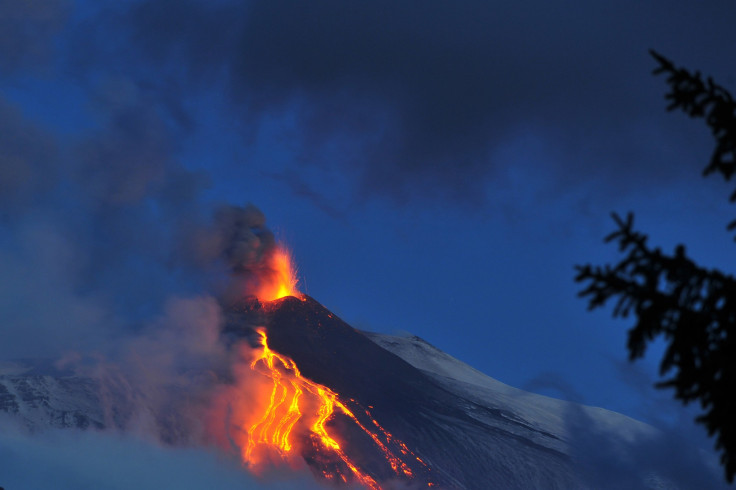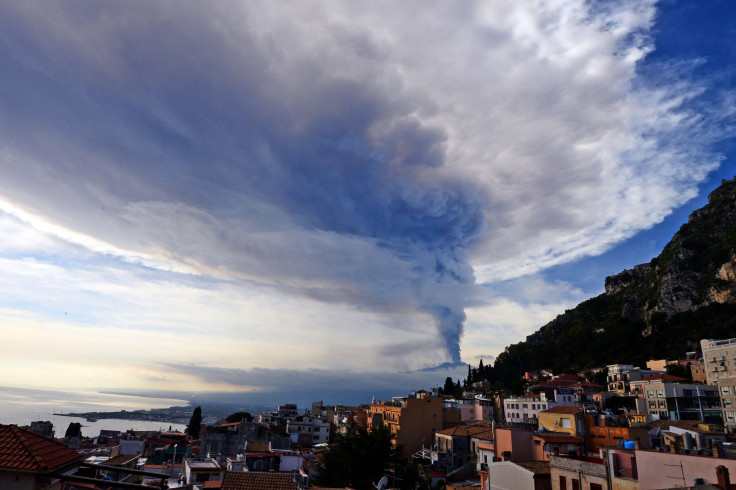Volcanologist Compares Mysterious, Super-Gassy Mount Etna To A Hot Spring

Something strange is going on inside Italy’s Mount Etna volcano, and one volcanologist is comparing the mysterious activity to what someone would see at a hot spring.
A new paper in the journal Earth-Science Reviews focuses on the volume of gas sputtering out of Mount Etna and says it cannot be explained by scientists’ current theories on degassing, the process by which molten rock cools and releases gas. According to the study, there is not enough lava spurting from Mount Etna to support the amount of gas coming out.
There must be “a deeply originated constant flux of gas that is totally independent from magma,” the paper suggests.
It compares the independent process to the mechanics behind hot springs like the ones in Yellowstone National Park: “The Etnean volcano works in a similar way to a gigantic hot spring, with huge amounts of ‘hot water’ and other gases constantly rising through the lithosphere of eastern Sicily.”
This does not mean the Mount Etna volcano is itself a hot spring. Paper author and volcanologist Carmelo Ferlito, who is based at Sicily’s Università di Catania, stressed to International Business Times that his idea is rather meant to highlight that the amount of water and other gas erupting from the volcano is not explained by current models.

“The use of the hot spring in the title was extremely provocative,” Ferlito said. “It was chosen to awaken the scientific community still anchored to old models.”
According to Ferlito, he started his research by looking at the amount of lava and the amount of the toxic gas sulfur dioxide that the Italian volcano unleashed over the same 14-year period.
“Starting from these two simple numbers I have asked myself questions that could not satisfactorily be answered with the current paradigm,” he told IBT. “I have therefore thought to an alternative way of seeing the magma that could fit with these simple observations.”
Mount Etna is notoriously active, erupting lava, ash and gas several times in this new century. It has been one of Earth’s more active volcanoes for thousands of years.
According to Ferlito, further research into the matter could change how scientists view volcanoes, Earth’s mantle and the movement of fluid inside the planet.
“I am sure that in the future others will reach my same conclusions and our knowledge and awareness of the nature will improve.”
© Copyright IBTimes 2024. All rights reserved.





















